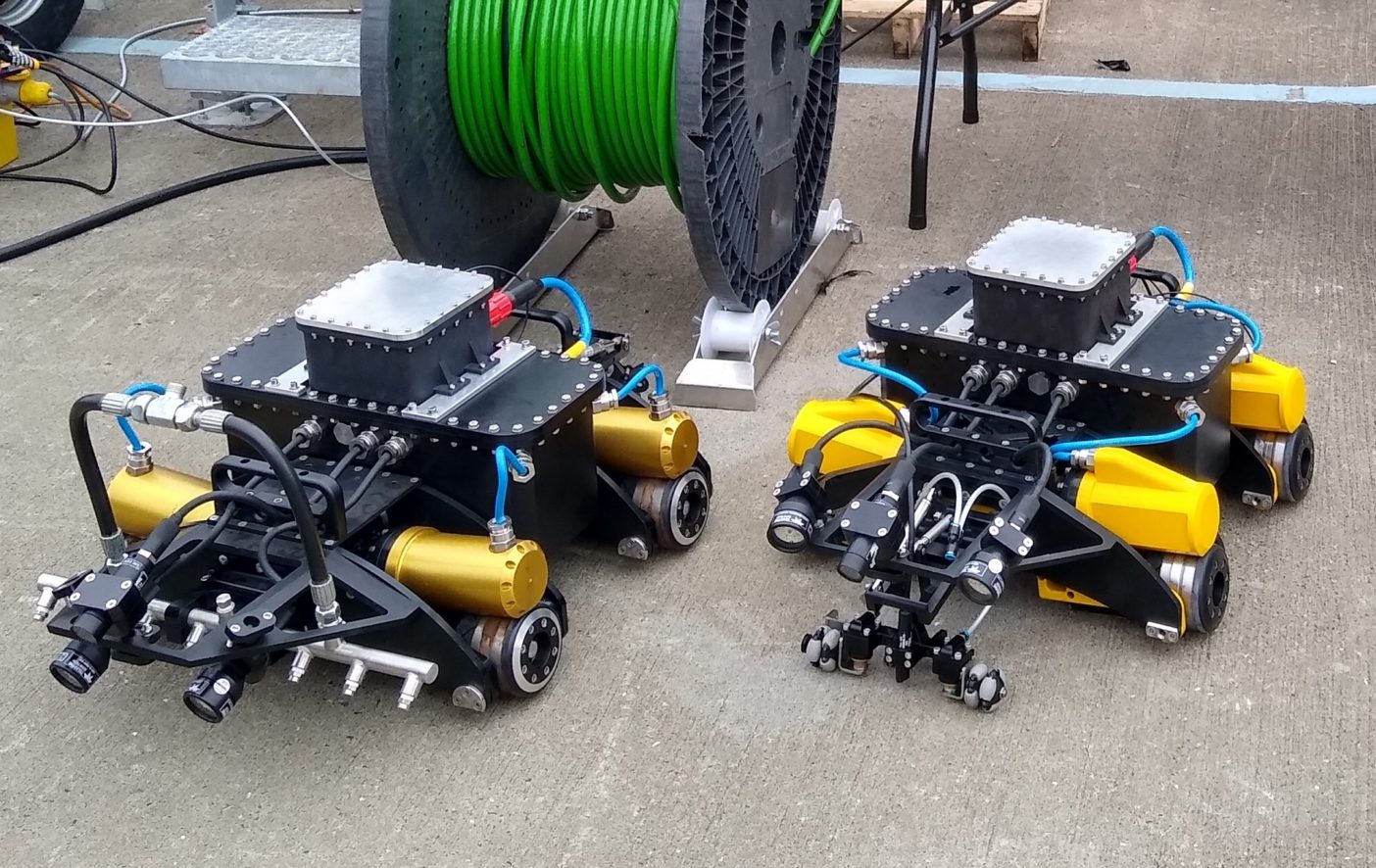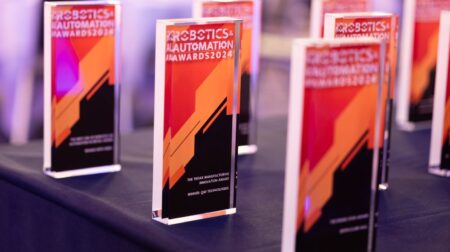An amphibious robot capable of working in teams to clean and maintain offshore assets has successfully completed trials at the Offshore Renewable Energy (ORE) Catapult’s National Renewable Energy Centre in Blyth.
iFrog can clean and inspect monopiles above the water level and up to 60m below, removing corrosion and biofouling before inspecting the surface of the monopile. It can also conduct pre-emptive checks of weld integrity.
The multi-robot solution is part of a three-year project funded by Innovate UK and brings together iFrog developer InnoTecUK, ORE Catapult, TWI and Brunel University London.
ORE Catapult said the technology had the potential to be a game-changer in the offshore wind industry by reducing safety risks and costs involved in deploying human divers, and by shifting the maintenance approach from reactive to preventative.
Chris Hill, operational performance director at ORE Catapult, said: “iFrog is one of a series of highly ambitious robotics projects coming through our innovation programmes and our Operations and Maintenance Centre of Excellence.
“Deploying robotic platforms in teams across offshore wind sites will tighten up inspection and maintenance schedules, reducing the need for human technicians to deploy in potentially hazardous environments.”

Initial trials took place at ORE Catapult’s dry and wet docks in November. iFrog navigated a monopile interior using magnetic adhesion and conducted non-destructive testing.
In the technology demonstrations the robot showed its ability to move diagonally, not just up and down as wheeled robots had done previously. Furthermore, its amphibious capabilities were tested with iFrog moving between dry and underwater sections of the monopile.
During the final trials, two robots worked simultaneously above and below the waterline with the first robot performing corrosion mapping and water-jet cleaning. The second robot inspected weld lines for defects.
Panagiotis Karfakis, robotics engineer at InnoTecUK, said: “The robot is also capable of semi-automated navigation, which allows the operator to focus on the important part of the inspection rather than the driving, speeding-up the overall operation significantly.
“The final set of trials has demonstrated the full capabilities of this technology and its impact in real-world scenarios, especially in extreme offshore environments.”
Using iFrog to increase the frequency of subsea inspections could save up to £150,000 per offshore wind turbine every year, according to the team.
The technology is also expected to be deployed in markets beyond the offshore wind industry. Its developers are said to be targeting the oil and gas sector, ship hull manufacturing and maintenance, military, and other large-structure related industries, both on and off land.







